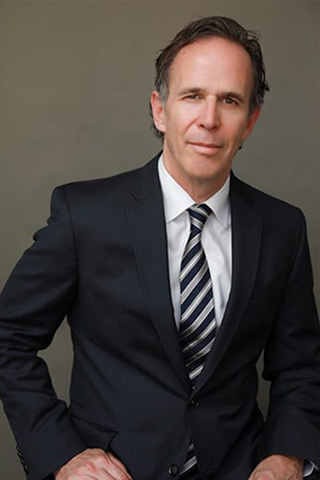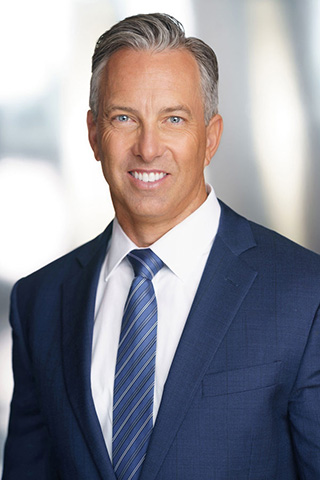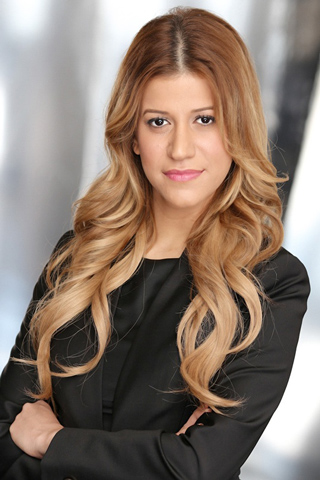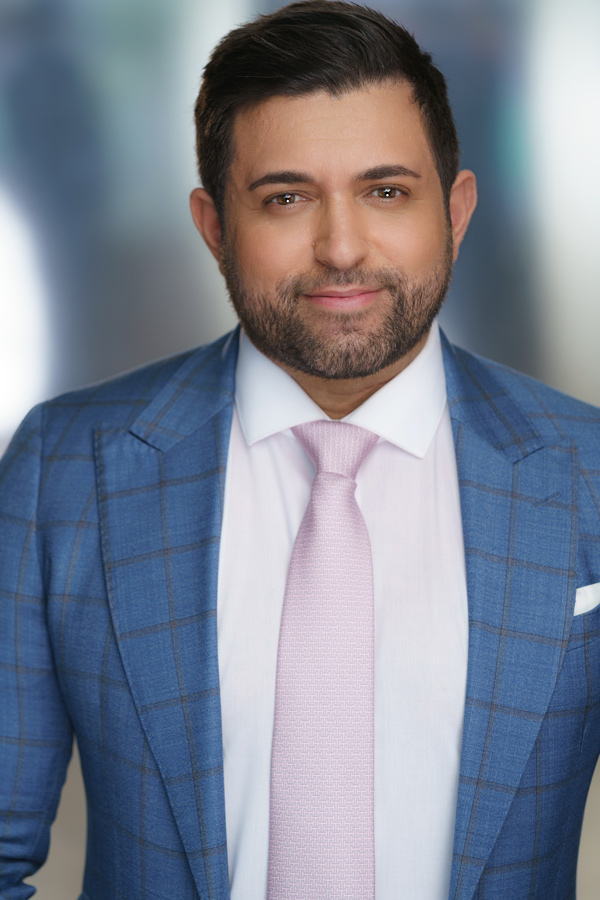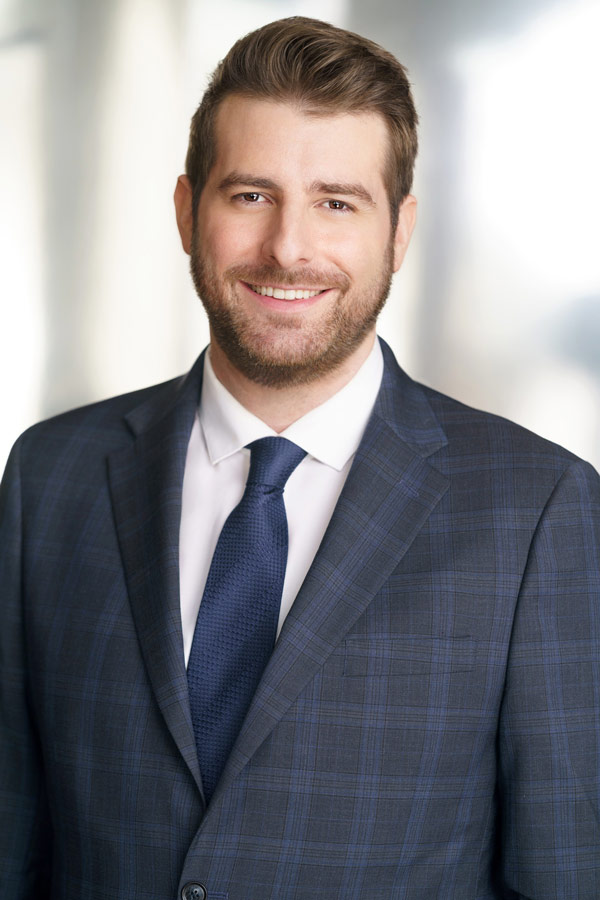Los Angeles is a global metropolis famous for its culture, weather, and extensive network of roads and freeways. However, it sees too many pedestrian accidents caused by negligent drivers. From distracted drivers on iconic streets like Sunset Boulevard to poorly maintained crosswalks near popular tourist attractions like Hollywood Boulevard, drivers need to consider pedestrian safety in L.A.
In this Los Angeles pedestrian accident attorney guide, we’re going to break down common types of pedestrian accidents in L.A. alongside some legal tips for dealing with them.
Table of Contents
Main Causes of Pedestrian Accidents in Los Angeles CA
Common Types of Pedestrian Accidents
Here are some of the most common causes of pedestrian accidents in Los Angeles, focusing on specific factors and high-risk locations.
Distracted Driving – A Major Culprit
Do a quick Google search, and you will easily see that distracted driving is one of the top causes of pedestrian accidents. A simple glance at a text message can turn deadly when a pedestrian is crossing the street.
One area with problematic distracted driving is Wilshire Boulevard, a major thoroughfare cutting through neighborhoods like Beverly Hills, Koreatown, and Miracle Mile.
With its mix of commercial districts, residential areas, and pedestrian crossings, drivers may become distracted by looking at navigation apps, text, or in-car entertainment systems instead of the road.
Similarly, intersections like Vine Street and Hollywood Boulevard are busy. Tourists stream across crosswalks to visit landmarks like the Hollywood Walk of Fame, but distracted drivers, sometimes unfamiliar with the area, can lead to vehicle collisions.
REAL WORLD EXAMPLE
Imagine a driver heading west on Santa Monica Boulevard near the intersection of Century Park East, trying to pull up directions while a pedestrian is crossing legally at a crosswalk. The brief distraction can result in a failure to stop in time, leading to serious injuries.
Speeding – A Lethal Factor
According to a study from AAA, speed influences the chances of a pedestrian being hit by a vehicle and sustaining severe injuries or dying. Los Angeles’s long, straight roads tempt drivers to exceed speed limits, even in pedestrian-heavy areas.
Drivers notoriously speed on streets like Venice Boulevard and La Cienega Boulevard, which connect busy neighborhoods and commercial centers.
Unfortunately, when vehicles travel at high speeds, drivers have less time to react to pedestrians crossing the street, making accidents more likely, and injuries more severe.
Areas like Figueroa Street in Downtown Los Angeles also see speeding-related pedestrian accidents. With multiple lanes and inconsistent pedestrian infrastructure, the area presents a significant risk to anyone on foot.
Jaywalking – A Dangerous Practice
Jaywalking is illegal in Los Angeles – but it remains a habit for many pedestrians. Sometimes, people cross outside the marked crosswalk to avoid walking a long distance to an intersection; or use unsafe shortcuts in areas with few pedestrian pathways. While drivers are responsible for remaining vigilant at all times, jaywalking increases the likelihood of an accident.
For instance, areas like Melrose Avenue, known for its trendy shops and cafes, see jaywalking incidents. Pedestrians may dart across the street to avoid traffic or conveniently access a store, unaware of how limited a driver’s reaction time may be.
Another risky area is Sunset Boulevard, where nightlife venues frequently attract large crowds. Pedestrians crossing mid-block between parked cars or hurrying across the street contribute to many accidents.
HIGH-RISK INTERSECTION EXAMPLE
Pedestrians frequently jaywalk at the intersection of Western Avenue and Santa Monica Boulevard. With a mix of retail outlets and eateries, busy foot traffic is a constant here, making it a hotspot for pedestrian-related incidents. But drivers must not collide with pedestrians, even if they jaywalk.
Poor Visibility During Nighttime Hours
Los Angeles’ nightlife is vibrant, with many people walking to bars, restaurants, or entertainment venues after dark. Unfortunately, poor visibility is a factor in nighttime pedestrian accidents. Drivers may struggle to see pedestrians, especially in poorly lit areas; fatigue or intoxicating drugs may further reduce their awareness.
Areas like Sunset Strip – a section of Sunset Boulevard near the intersection with Doheny Drive – illustrate how poor visibility can lead to accidents. The combination of dim lighting and large crowds crossing the street makes this strip hazardous.
Similarly, Wilshire Boulevard near MacArthur Park faces challenges at night. Despite heavy pedestrian activity, subpar lighting conditions can contribute to serious collisions.
Left-Hand Turns Without Proper Caution
Drivers making left-hand turns often cause pedestrian accidents, especially when they misjudge how long it takes to cross an intersection.
Some L.A. streets have unprotected left-turn signals, meaning drivers must yield to oncoming traffic and pedestrians. This increases the possibility of drivers either failing to notice pedestrians or underestimating how fast they walk.
One dangerous spot is the intersection of Olympic Boulevard and Sawtelle Boulevard. At peak hours, this intersection fills with vehicle and pedestrian traffic, and unprotected left turns increase the risks for anyone on foot.
Intoxicated Driving and Walking
Driving under the influence of alcohol or drugs is a factor in many pedestrian accidents, especially in areas with a high concentration of bars or entertainment venues.
Areas like Hollywood Boulevard near Highland Avenue see these accidents late at night. The intersection is a popular hub for nightlife but poses challenges for drivers leaving bars and pedestrians walking to their destinations.
Insufficient Pedestrian Infrastructure
City planners designed Los Angeles with cars in mind, so pedestrian infrastructure often takes a back seat. Poorly marked crosswalks, lack of pedestrian signals, and inadequate sidewalks increase the risk of accidents.
One prominent example is Sepulveda Boulevard in the San Fernando Valley. Pedestrian crossings are sparse on this heavily traveled road, and accidents occur in areas with few pedestrian pathways.
Cahuenga Boulevard near Universal Studios also lacks sufficient pedestrian infrastructure to accommodate the high foot traffic from tourists and workers.
Aggressive or Impatient Driving
Traffic congestion in Los Angeles often leads to frustrated or aggressive driving, which puts pedestrians at risk. Impatient behaviors like running red lights or honking and rushing pedestrians attempting to cross safely have all been noted as contributors to accidents.
L.A.’s Santa Monica intersection with Lincoln Boulevard is one location where aggressive driving is a constant issue. The sheer volume of traffic and impatience during gridlocked hours make it especially dangerous for those on foot.
Weather Conditions and Slippery Roads
While Los Angeles is known for its sunny skies, occasional rain can create hazardous driving conditions. Slick roads reduce traction and increase stopping distances, which can lead to drivers failing to stop for pedestrians in time.
Areas like Topanga Canyon Boulevard, which cuts through the Santa Monica Mountains, are hazardous during rain. Limited visibility, winding roads, and slippery surfaces create a dangerous mix for drivers and pedestrians.
Bus Stops and Public Transportation Zones
Los Angeles’s reliance on buses and trains means that certain areas experience high concentrations of foot traffic near public transit stops. Drivers may fail to yield to pedestrians getting off buses or crossing to access train stations, resulting in accidents.
The intersection near the Metro Blue Line train station at Washington and Flower Street is one such area. Pedestrians often rush to catch trains or buses, weaving through traffic, while drivers might not anticipate this sudden crossing activity.
Pedestrian Accidents in Los Angeles
Pedestrian Safety Tips
Preventing pedestrian accidents in Los Angeles requires effort from both drivers and pedestrians. Motorists should always eliminate distractions, obey speed limits, and yield to pedestrians at crosswalks. Meanwhile, pedestrians should use marked crosswalks, avoid jaywalking, and stay visible to drivers at night by wearing reflective clothing or by using flashlights.
How the Law Determines Liability in Pedestrian Accidents
When determining liability for a pedestrian accident, California applies comparative negligence. Under this rule, the driver and the pedestrian can share responsibility for the accident.
Here’s how it works:
- If the driver failed to yield at a crosswalk, broke the speed limit, or drove while distracted or intoxicated, they may need to pay for the accident.
- If the pedestrian jaywalked, crossed against a traffic signal, or otherwise acted recklessly, their percentage of fault would decrease the driver’s liability.
For instance, if a pedestrian crosses mid-block outside a crosswalk and a speeding driver hits them, both parties may bear some liability. In this case, the pedestrian could still recover a percentage of the total damages associated with their injuries.
What If the Driver Leaves the Accident Scene?
A pedestrian accident involving a hit-and-run driver can complicate liability matters. California law requires drivers to stop and assist at the scene of any accident involving injuries.
Failing to do so, as defined in Vehicle Code § 20001, is a criminal offense. If police later identify the driver, their failure to remain at the scene can increase their liability.
Responsibilities for Drivers and Pedestrians
Drivers Should:
- Stop for pedestrians at both marked and unmarked crosswalks.
- Exercise caution in areas with heavy foot traffic, such as near schools, parks, and shopping centers.
- Avoid distractions, including cell phone use, while driving.
- Adhere to posted speed limits, particularly in pedestrian-heavy zones.
Pedestrians Should:
- Cross streets only at marked crosswalks or intersections whenever possible.
- Obey all traffic signals and pedestrian crossing indicators.
- Avoid distractions such as texting, listening to music through headphones, or looking at your phone while walking near traffic.
- Wear reflective clothing or use a flashlight when walking at night to remain visible to drivers.
Understanding these legal rights and responsibilities is crucial for preventing accidents and navigating their aftermath. If you’ve been in a pedestrian accident, you should talk to one of our experienced pedestrian accident attorneys to better understand how California law applies to your situation. Our legal team is here to assist if you have questions about your case or liability.
Los Angeles Pedestrian Accident Lawyer
Get Legal Help After Your Pedestrian Accident
Despite their best efforts, pedestrians may find themselves injured in accidents. If a pedestrian accident injures you, Wilshire Law Firm is here to help. Our experienced personal injury lawyers are dedicated to getting justice for victims. Contact us to discuss your case in a free consultation by calling (213) 335-2402 today.



